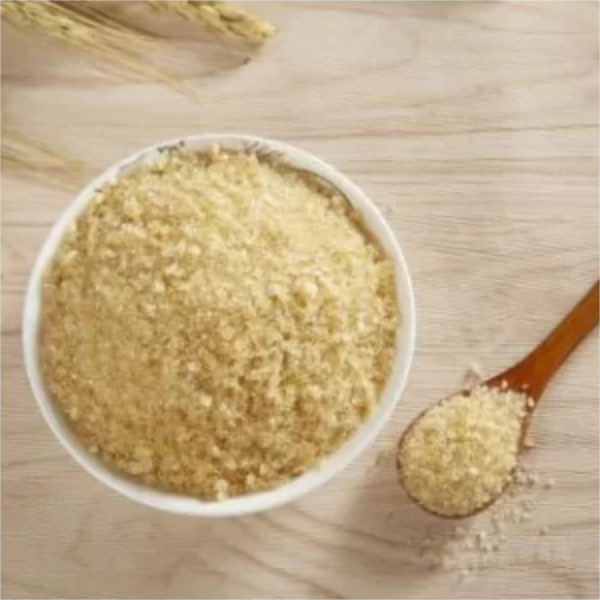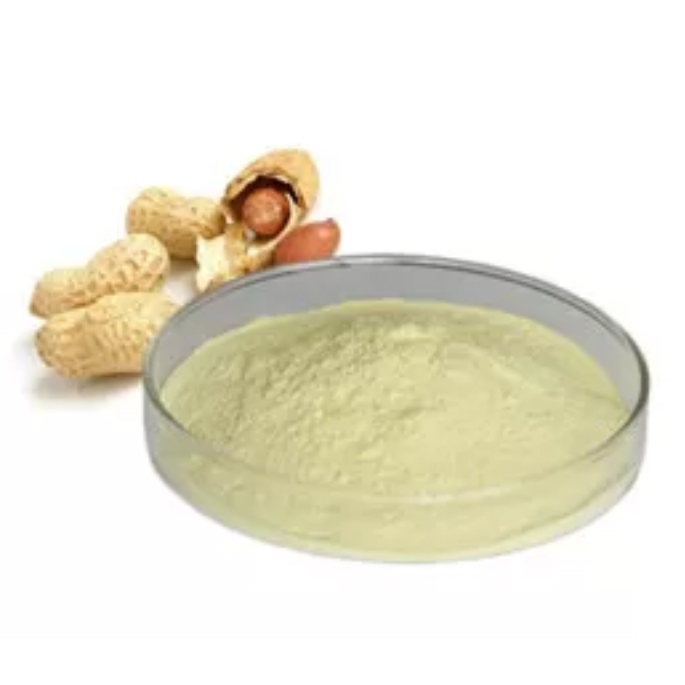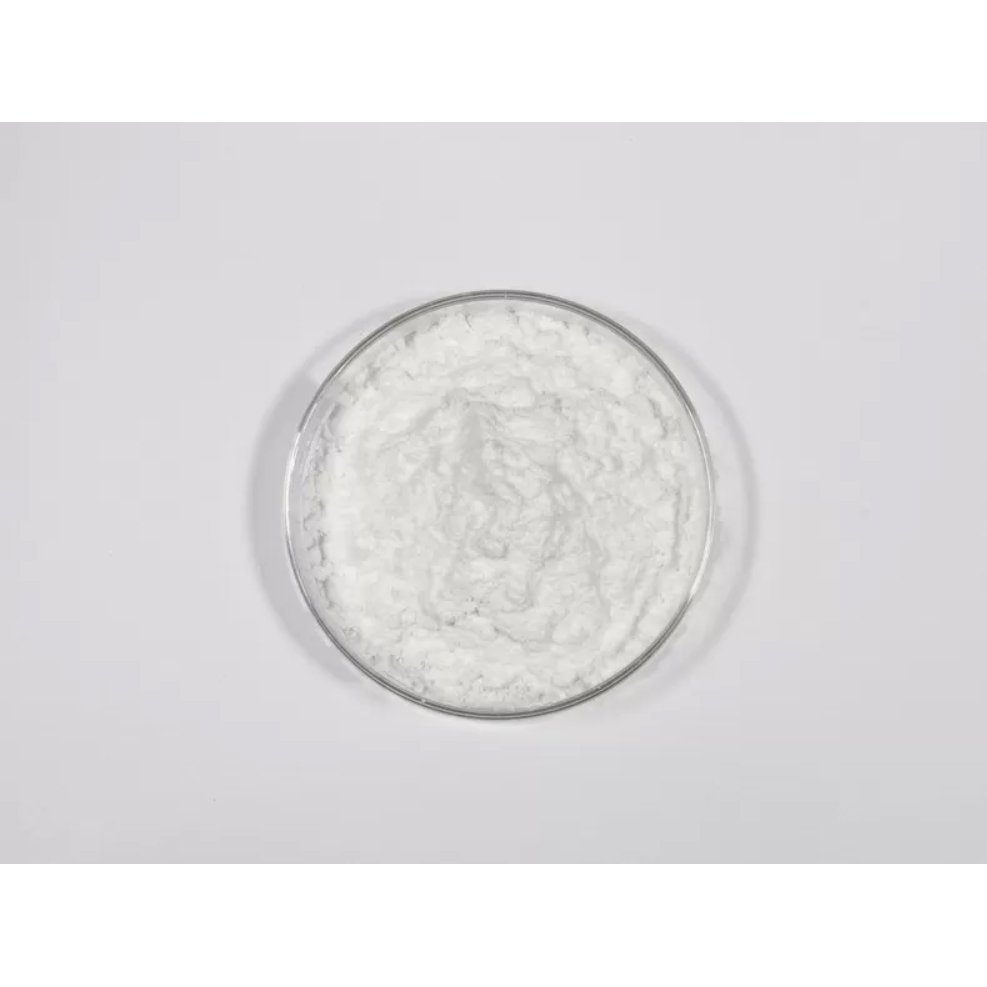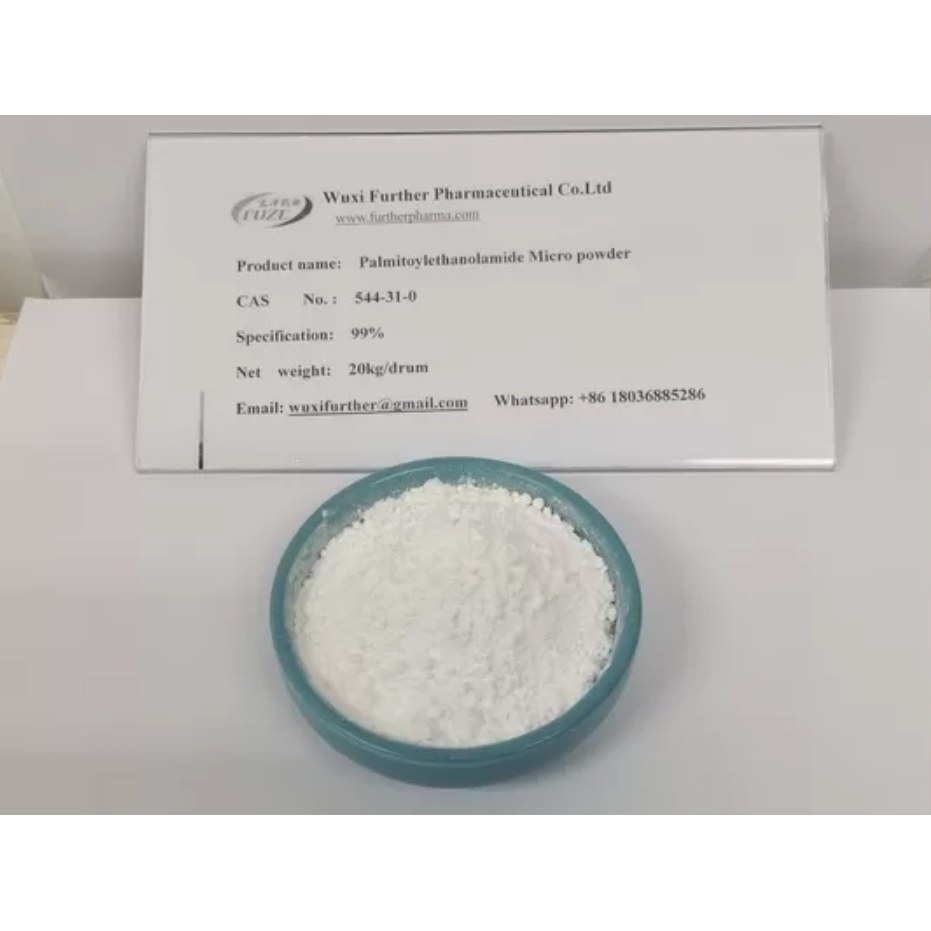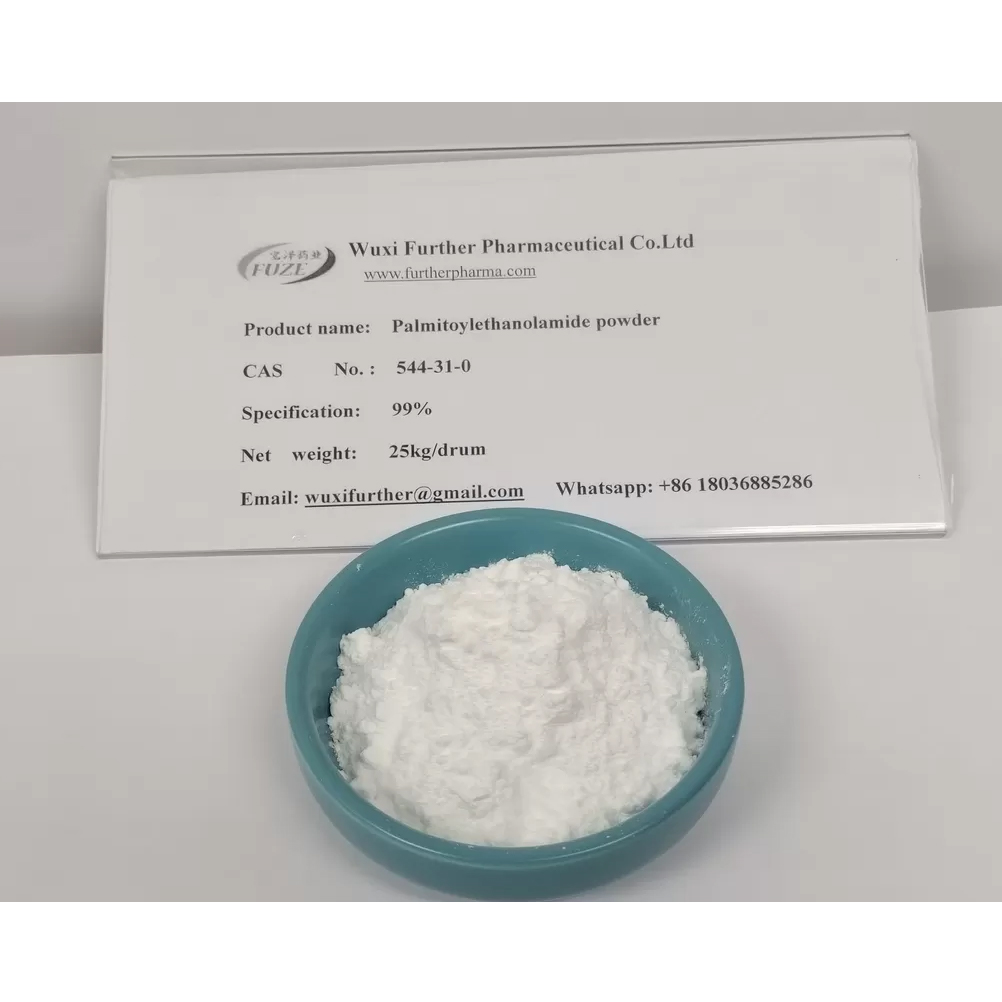Gelatin Food Additives Supplementary Products Teleostean Gelatin Base Ingredients CAS 9000-70-8
Gelatin Food Additives Supplementary Products Teleostean Gelatin Base Ingredients |
CAS No.: 9000-70-8 |
Purity: 99% |
Molecular weight: 20,000-250,000 Da |
Molecular formula: There is no single molecular formula |
Appearance:Colorless to light yellow transparent or translucent particles, powder or flake solids |
Package: 1g,10g,100g,1000g |
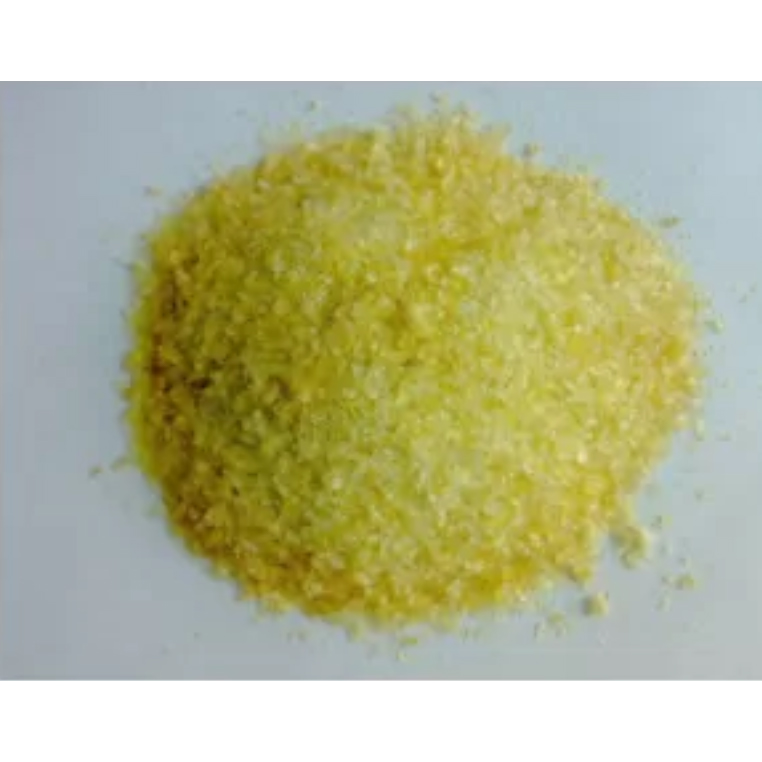
Gelatin Food Additives Supplementary Products Teleostean Gelatin Base Ingredients CAS 9000-70-8
Color:Pale yellow to beige
Form:powder
Purity:99%
Package:25kg/drum
اترك رسالة
ونحن سوف ندعو لكم مرة أخرى في أقرب وقت ممكن !
عزيزي
أنا مهتم في Gelatin Food Additives Supplementary Products Teleostean Gelatin Base Ingredients CAS 9000-70-8 ، يمكنك أن ترسل لي المزيد من التفاصيل ، مثل نوع وحجم الحد الأدنى موك ، والمواد ، الخ .
شكراً جزيلاً
في انتظار ردكم .
Gelatin Food Additives
,9000-70-8 Food Additives
,CAS 9000-70-8
CAS 9000-70-8 Gelatin Food additives Supplementary products TELEOSTEAN GELATIN Base ingredients
Description:
Gelatin does not occur in nature as such, but is derived by hydrolysis of collagen, the chief protein component in connective tissues of the animal body. Extraction of gelatin for use as a glue by cooking hides dates back to the earliest recorded history of man and appears in the literature of the items up to the present day. During the early years of the Napoleonic era it was manufactured on a large scale in an attempt to alleviate the food shortages resulting from the English naval blockade of Europe. Gelatin was first manufactured in the U.S. in 1809. In 1845 a U.S. patent was granted for a gelatin which contained all the ingredients fitting it for table use, and required only the addition of hot water and subsequent cooling to prepare it for serving.
Basic parameters:
| Melting point | >226°C (dec.) |
| Odor | Musty odour |
| Water Solubility | SOLUBLE IN HOT WATER |
| Stability | Stable. Hygroscopic. Incompatible with strong oxidizing agents. |
| MW | 0 |
Usage limit:
GB 2760-96: can be used for all types of food; take GMP as the limitation.
FAO/WHO(1984, g/kg): Cream cheese 5; cooked ham, cooked pig forelegs, according to GMT; cottage cheese 5 (by cream); cream 5 (only used for Pasteurized whipped cream or whipped cream with ultra-high temperature sterilization cream and sterile cream).
During the manufacturing of ice cream, gelatin can be used as a protective colloid to prevent the ice crystal from increasing, making the product taste fine, need to be added of about 0.5%. Yogurt, cheese and other dairy products needs to be added of about 0.25%, being able to prevent precipitation of water and enabling the fine texture.
In the manufacture of gelatin dessert (dessert, the main ingredient is gelatin), candy, candy, protein sugar, chocolate, etc. (add 1% to 3.5%, up to 12%).
It is widely applied of gelatin in the luncheon meat, corned beef and other canned food so that the gravy water can be combined to maintain the product shape, humidity and flavor; add about 1% to 5% the weight of meat.
It can also be used as a thickening of soy sauce.
Uses:
1. It can be applied to printing and dyeing and other industries
2. As a thickening agent, China provided that it can be used for all types of food with appropriate application according to production needs. It can also be used as the clarification agent of alcohol and hydrophobic colloidal stabilizer.
3. It is a kind of hydrophilic colloid with protective colloid effect. It can be used as a hydrophobic colloid stabilizer, emulsifier. It is also a kind of amphoteric electrolyte and can be condensed into pieces of charged particles, which can be used as the clarifier of wine and alcohol. As a dispersant, binder, thickener, stabilizer and emulsifier, it is widely used in photosensitive materials, pharmaceuticals, food, paper, printing, textile, printing and dyeing, electroplating, cosmetics, bacterial culture and pesticide.
4. It can be used as the protective colloid during turbidity or colorimetric determination; also used for the preparation of photographic plate and medium.
5. It can be used as the food quality improver
6. Thickeners; stabilizers; clarifying agents; blowing agents.
7. Gelatin is a hydrophilic colloid with the nature of protecting colloid. It can be used as a hydrophobic colloid stabilizer, emulsifier. But also as the amphoteric electrolyte, it can be enable the condensation of the charged particles into pieces in the aqueous solution; it can be used as wine, alcohol clarifier.
8. It can be used as excipient suspensions, and media.
Safety:
Gelatin is widely used in a variety of pharmaceutical formulations, including oral and parenteral products.
In general, when used in oral formulations gelatin may be regarded as a nontoxic and nonirritant material. However, there have
been rare reports of gelatin capsules adhering to the esophageal lining, which may cause local irritation. Hypersensitivity reactions, including serious anaphylactoid reactions, have been reported following the use of gelatin in parenteral products.
There have been concerns over the potential spread of BSE/TSE infections through bovine derived products. However, the risk of such contamination of medicines is extremely low.
Storage:
Dry gelatin is stable in air. Aqueous gelatin solutions are also stable for long periods if stored under cool conditions but they are subject to bacterial degradation. At temperatures above about 50°C, aqueous gelatin solutions may undergo slow depolymerization and a reduction in gel strength may occur on resetting. Depolymerization becomes more rapid at temperatures above 65°C, and gel strength may be reduced by half when a solution is heated at 80°C for 1 hour. The rate and extent of depolymerization depends on the molecular weight of the gelatin, with a lower-molecular-weight material decomposing more rapidly.Dry gelatin is stable in air. Aqueous gelatin solutions are also stable for long periods if stored under cool conditions but they are subject to bacterial degradation.(4) At temperatures above about 50°C, aqueous gelatin solutions may undergo slow depolymerization and a reduction in gel strength may occur on resetting. Depolymerization becomes more rapid at temperatures above 65°C, and gel strength may be reduced by half when a solution is heated at 80°C for 1 hour. The rate and extent of depolymerization depends on the molecular weight of the gelatin, with a lower-molecular-weight material decomposing more rapidly.
Gelatin may be sterilized by dry heat.
The bulk material should be stored in an airtight container in a cool, well-ventilated and dry place.
Reference
Chemical book www.chemicalbook.com
المنتجات الموصى بها


